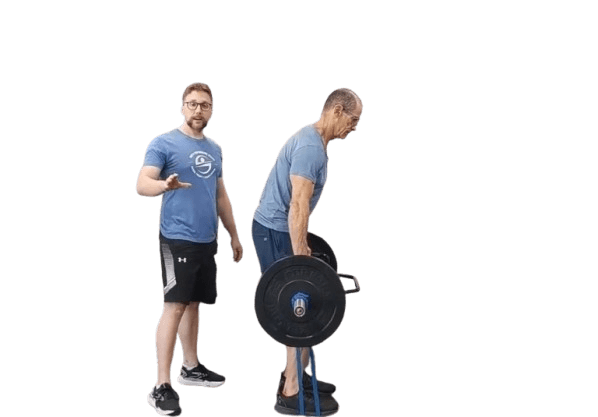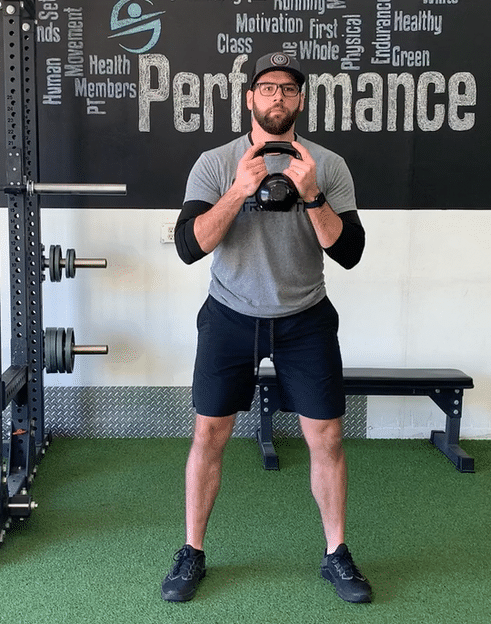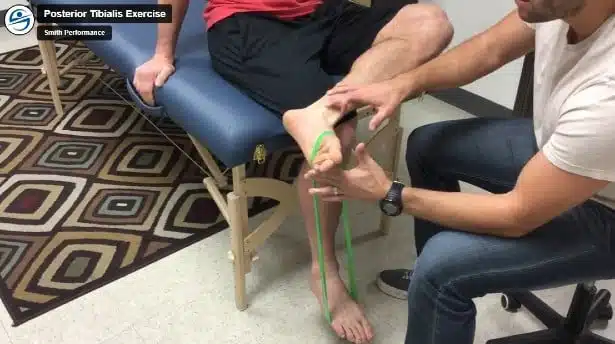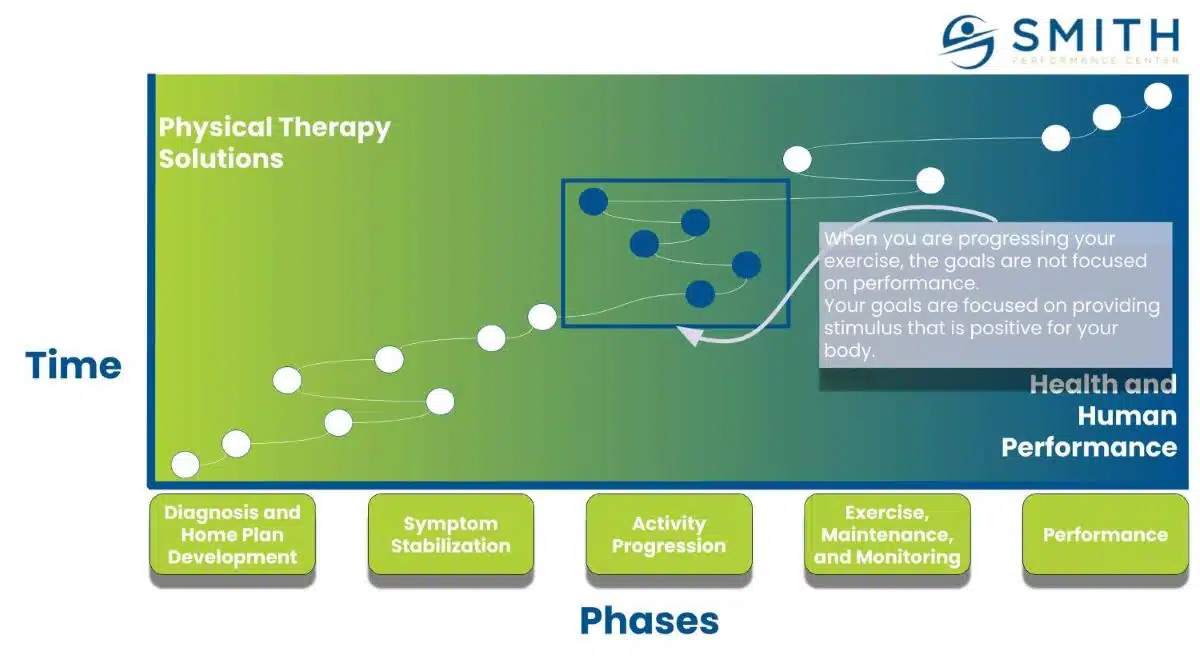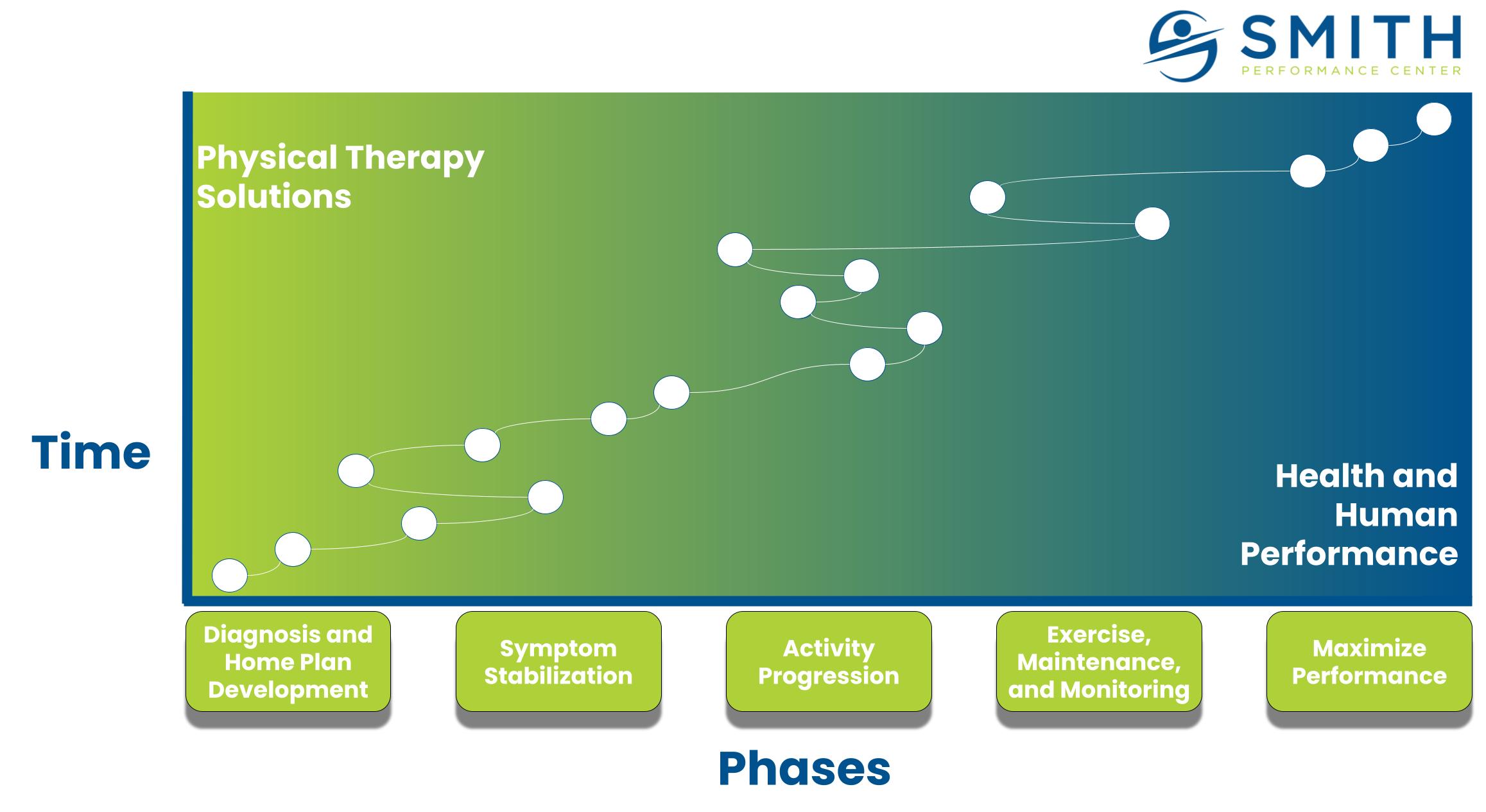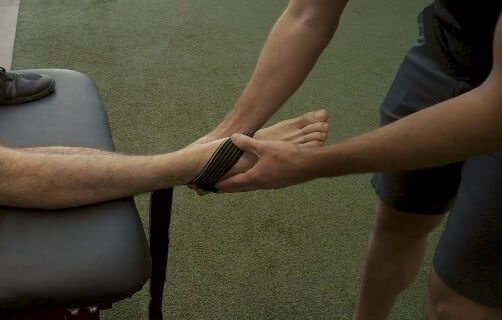
The 10 Strategy Mistakes of Repetitive Injury When Exercising
Do you want to get back to exercise but keep on getting hurt? The merry-go-round misery of a repeatedly injured exerciser is a common complaint at Smith Performance Center. When someone shows up, our physical therapists listen to a series of injuries that seem to occur every time they get into a workout routine. The exerciser finishes rehab and heads back to their respective sport. The first few days go well, but inevitably the same problem comes back. In our clients’ minds, their body has lost the ability to stay healthy. They believe age is driving the problem, or the joints are shot. They think the activity they choose to do is too vigorous and must be replaced. These are not the problem. The cycle of repetitive injury is a strategic mistake. Returning to activity with a strategy We believe in a process called the SPC Phases. A phase at

